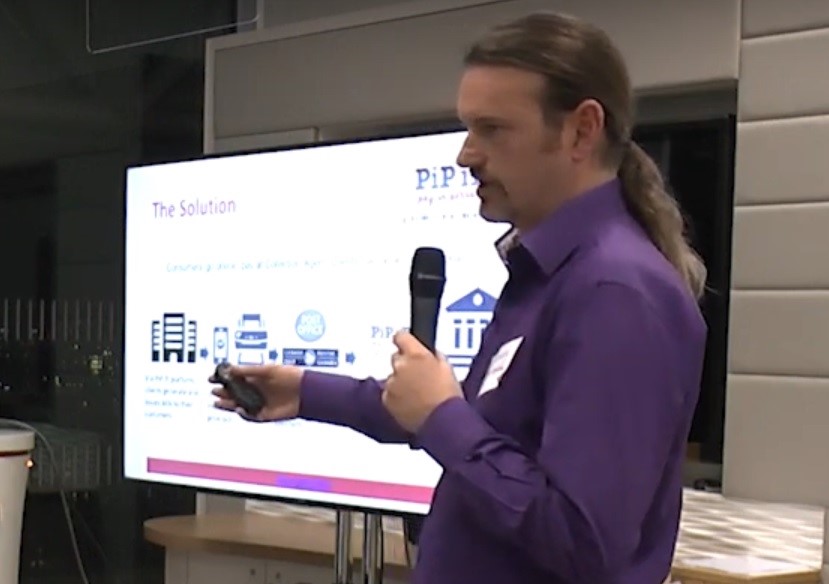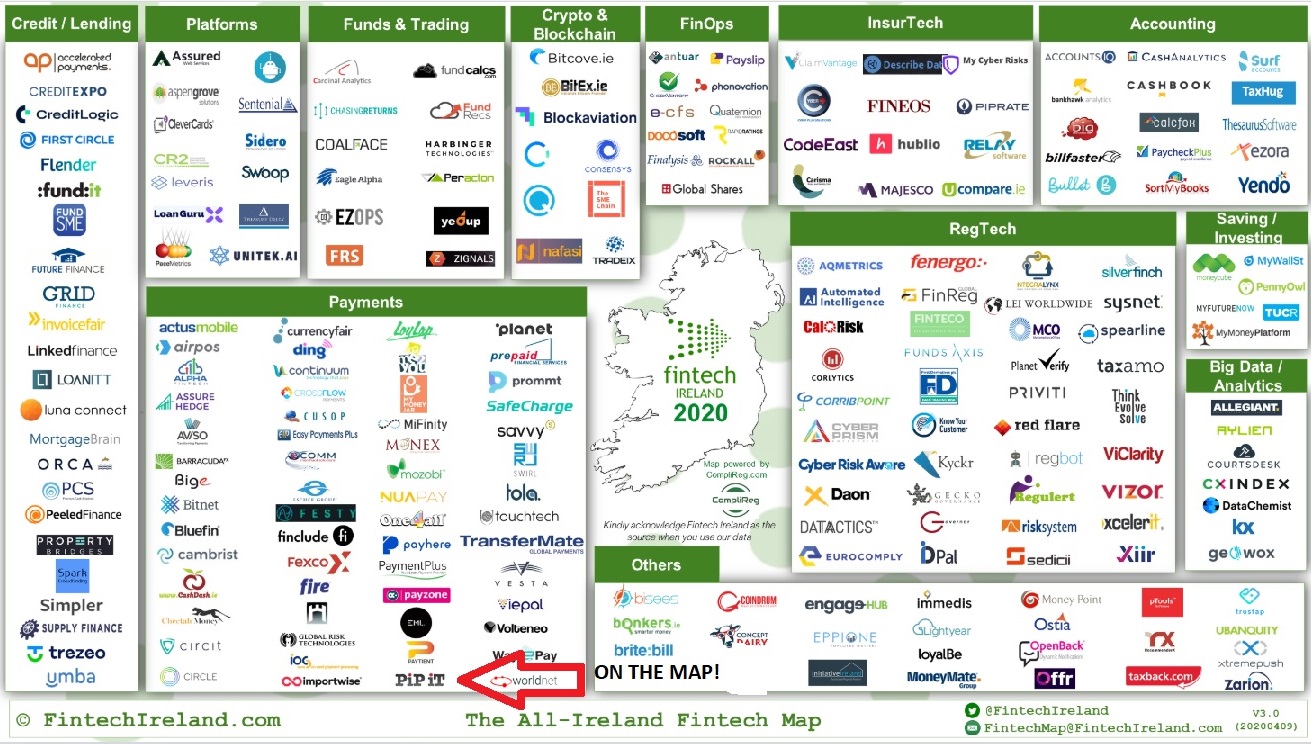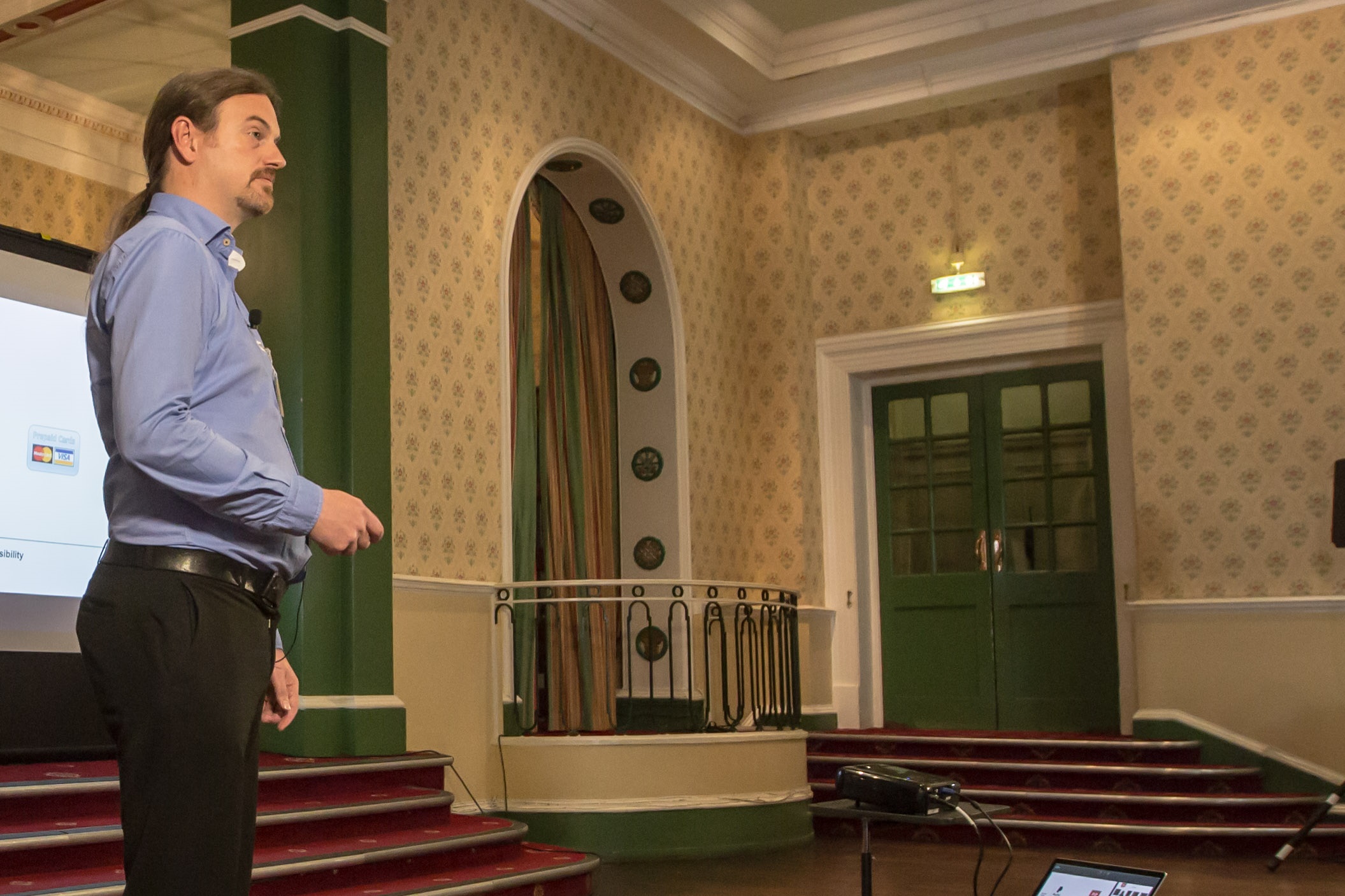
Is your business ‘Investment Ready?’
Start Up
So, you have a great idea for a business. It’s going to be global! Best idea ever! Only problem is you need some cash to get it up and running. Who to ask?
Usually the first stop is family and friends. This group can often be convinced to invest with very little support information. The enthusiasm of the entrepreneur is often enough to carry the family members and/or close friends over the line.
Depending on how well off your family and friends are, this can help with a lot of progress, especially in pre-launch phase when the work is being done behind the scenes. However, when you get close to market i.e. actually launching your business, your ‘burn rate’ (monthly spend to keep the business going) starts to increase. Once you are looking at moving out of ‘the shed’ into an actual business premises and not doing everything yourself by hiring some staff, the burn rate accelerates… often dramatically.
Generally by this stage you need take on more finance, but where do you go and what do you need?
What you need
Everyone in business knows they need a business plan, but not many really understand what should be in it. Templates are great, but experienced investors will cut through them pretty quickly!
I speak to investors all the time who complain there is nothing ‘investable’ in the market. How can that be the case when there are so many Start Ups looking for investment?
The answer is The Reality Gap.
Entrepreneurs have projections saying they will turn over €250m by year two (I have seen plans with $1.2B by year two). Investors know that is not going to happen.
Business Plans have revenue and cost projections, with a bottom line. Costs can be easy enough to project. Revenue isn’t. Entrepreneurs are often very ambitious (and excited) and base their projections on capturing huge market segments. However, If there is nothing in the business plan to validate these projections, it is a red flag to investors. Projections must be based on something tangible.
The costs show the investor how you are going to spend their money. You must show how they are going to make it back, with interest.
USP’s.
Your business needs to have USPs. It needs to be distinctly differentiated from competitors. A ‘me too’ product will never get investment. Saying you will ‘have excellent customer service’ is not going to get investment. You must have a distinct market offering with a sustainable differentiation to get investment.
In short, entrepreneurs can tend to think an idea is amazing because it is their idea. When you are talking to an investor that is not enough.
The Plan
The ‘fashion’ in business plans change. Not long ago 40 or 50 page business plans were required to be taken seriously. Now that will put off any investor. No more than 20 pages for a plan. Any additional information can go into appendices.
Investors will now ask for a ‘Deck’ in advance of a full plan. This is a 6 – 10 page power point on your business. This is more difficult than it sounds. Short presentations are more difficult to write than long ones as you have to get your business idea, product/service offering, market sizing, competitor analysis, USPs, projections etc across to the reader in very few words. (As Mark Twain said, ‘I apologise for such a long letter – I didn’t have time to write a short one’ )
For great example of deck content, check Guy Kawasaki’s ’10 Slides’ blog.
Presenting the deck means you get to explain each slide, that is an art form of its own! (see my Pitch the Experts blog)
Scale Up
Surprisingly, the same issues can affect scale up businesses too. Although they have actual sales and costs to point to, there is often a Reality Gap between their scale plans and what an investor thinks is plausible/achievable.
A common example is the business underestimating the costs (and reality) of entering a new market. This kind of error will be obvious to a experienced investor. It could be your first attempt to launch in a new market, but it won’t be theirs.
Professional Advice
Though you may think it cheaper to do your own business plan, in reality it is often more cost efficient to get someone external to at least help, as they view your business from an external perspective without any bias (unintentional or otherwise).
This doesn’t have to be expensive. It can achieved by working with mentors or coaches, participating in incubators or accelerators. Essentially getting some advice from someone who has some distance from the business itself. This way you can do most of the work yourself, but have someone with more experience and an impartial position to stress test your plan.
Funding is an Intensive Process
When we started the Seed Round with PiP iT, I was well warned that it would take up most of my time for at least three months. I had taken this advice on board, but I had still totally underestimated how intensive the process is. It was constant, around the clock for months. I had anticipated the finance people would do most of the real work, but as CEO I was needed every step of the way. We had two major investors, who we had to deal with separately as well as dealing with both of their legal teams and our own. It was relentless.
At the same time, I still had to function as the CEO with team meetings, progress reviews, sales calls and the rest of the day job part of my job.
Funding Never Ends
When we closed our Seed Round, I was relieved that we had funds in the bank but also that the process was over. I could get back to leading the company and not worry about funding for a while (funding we had closed would last us a year). Our first board meeting with our VC attending, the first question was ‘What is the plan for Series A funding?’ The second question was ‘What is the plan for Series B funding?’
In the Start Up/Scale Up world, funding never stops. When you start off your business, you need to be Investment Ready, you also need to stay Investment Ready as your business grows.






